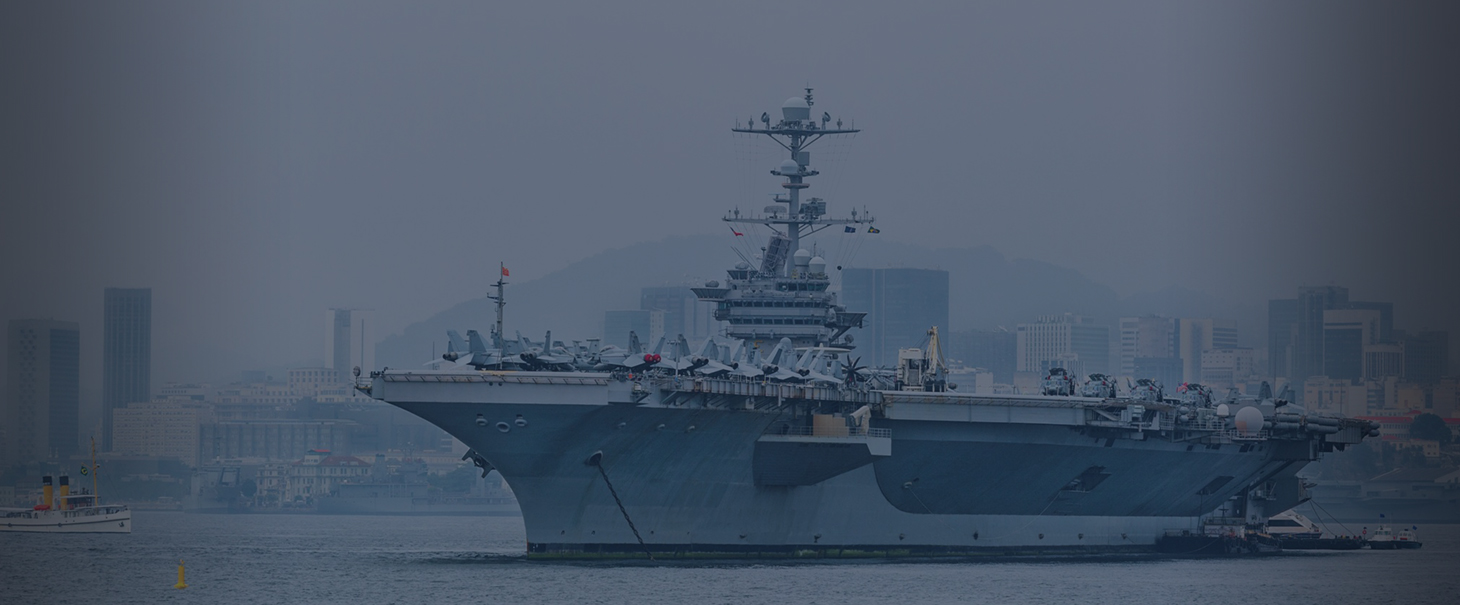EXPERT
Locations
DOWNLOAD
Five years ago, pro-democracy protesters took to the streets in cities across the Middle East, in a movement that came to be called the Arab Spring. Authoritarian dictatorships in Tunisia, Egypt, Libya and Syria were suddenly challenged, and, in the former three countries, were soon toppled. There was much optimism and excitement at the time. These citizen-led protests gave new hope that democratic revolutions would bring freedom and economic growth to a long-troubled region. But now, five years out, these countries have slid back into chaos. So what happened? Tunisia, where the Arab Spring began, emerged as a democracy, but one that is marred with corruption and civil rights abuses. Protests are now starting up once again because the average citizen still lives in poverty with few economic opportunities. They may have reformed their style of government, but without economic reforms, the rich remain powerful while the poor are trapped in poverty. Egypt, whose famous Tahrir Square and was ground zero for the Arab Spring movement, has not fared much better. After weeks of demonstrations in 2011, the Egyptian people successfully overthrew the government of Hosni Mubarak after 31 years of heavy-handed rule. But what came to replace Mubarak was much worse. In Egypt’s first shot at democracy, the people elected a Muslim Brotherhood candidate. The new president formed an alliance with other radical Islamists and started a campaign to imprison and kill political opponents. After a year in power, the government was ousted by a military coup d’état and the former president was charged with murder and supporting terrorist groups such as Hamas and Hezbollah. The military still rules over Egypt. It has reinstated tyranny and an authoritarian rule that makes Mubarak look tame in comparison. Egyptian citizens are worse off today than they were five years ago, but their plight pales in comparison to other Arab Spring nations, especially Libya and Syria. In Libya, peaceful protests quickly digressed into a bloody civil war. While Egypt’s government fell after just a few weeks, Libya’s Muammar Gaddafi refused to step down. The military clamped down and protestors turned violent. Soon, a NATO coalition was formed to protect civilians from attacks by government forces. Meanwhile, radical Jihadists from around the region came to join the anti-government rebels. After nearly six months of war, in August 2011, Gaddafi was ousted and killed by rebels. But the government was never replaced. Instead, a power vacuum created more clashes and violence between various radical Islamists groups and military forces. A second civil war broke out, and Libya remains in chaos and anarchy. Syria’s position mirrors that of Libya, except that US and NATO forces failed to intervene to stop the ruthless dictator, Bashar al-Assad. Instead, his regime was left to wage war on the Syrian people, and is now being propped up by both Russia and Iran. The Islamic State was formed out of the rubble of this war, and now poses a new menace to global peace and security. While the Arab Spring gave hope to a region that has been deprived of peace and freedom for too long, the result has been an unmitigated disaster. A recent report calculated that the Arab Spring resulted in 1.3 million deaths, 14 million refugees, over $800 billion in economic losses. It has also enabled radical Islamists, helped launch powerful new global terrorist organizations, and turned into a dangerous proxy war between competing global powers. The Arab Spring has regressed into an Arab free fall. Read the original at Toronto Sun.


 Leonardo Gonzalez
Leonardo Gonzalez